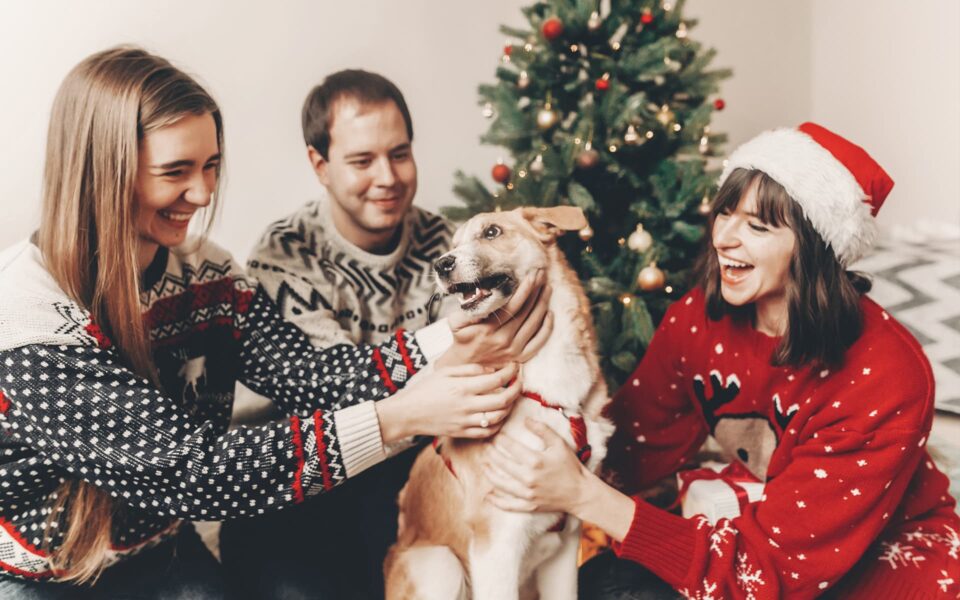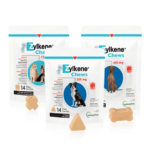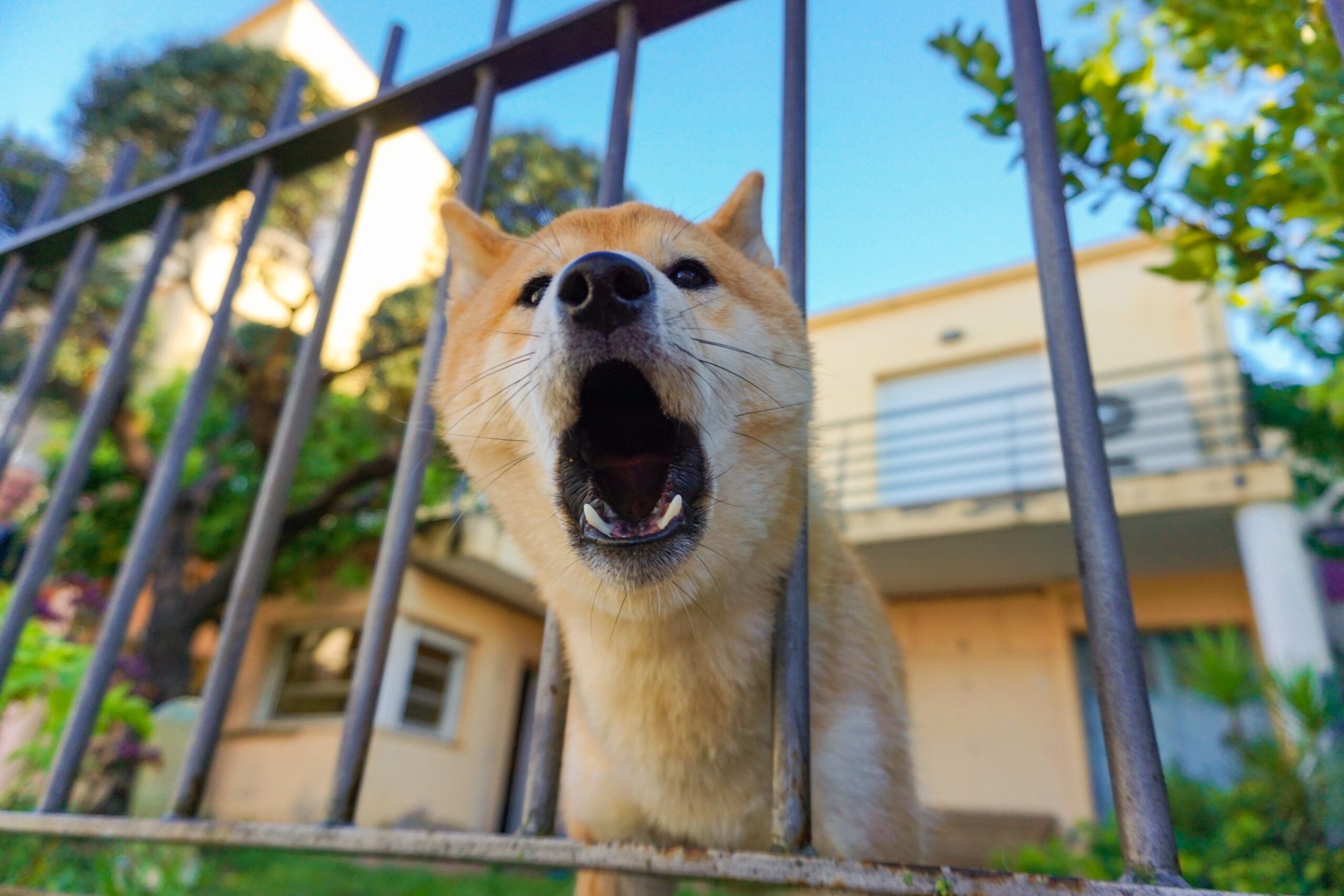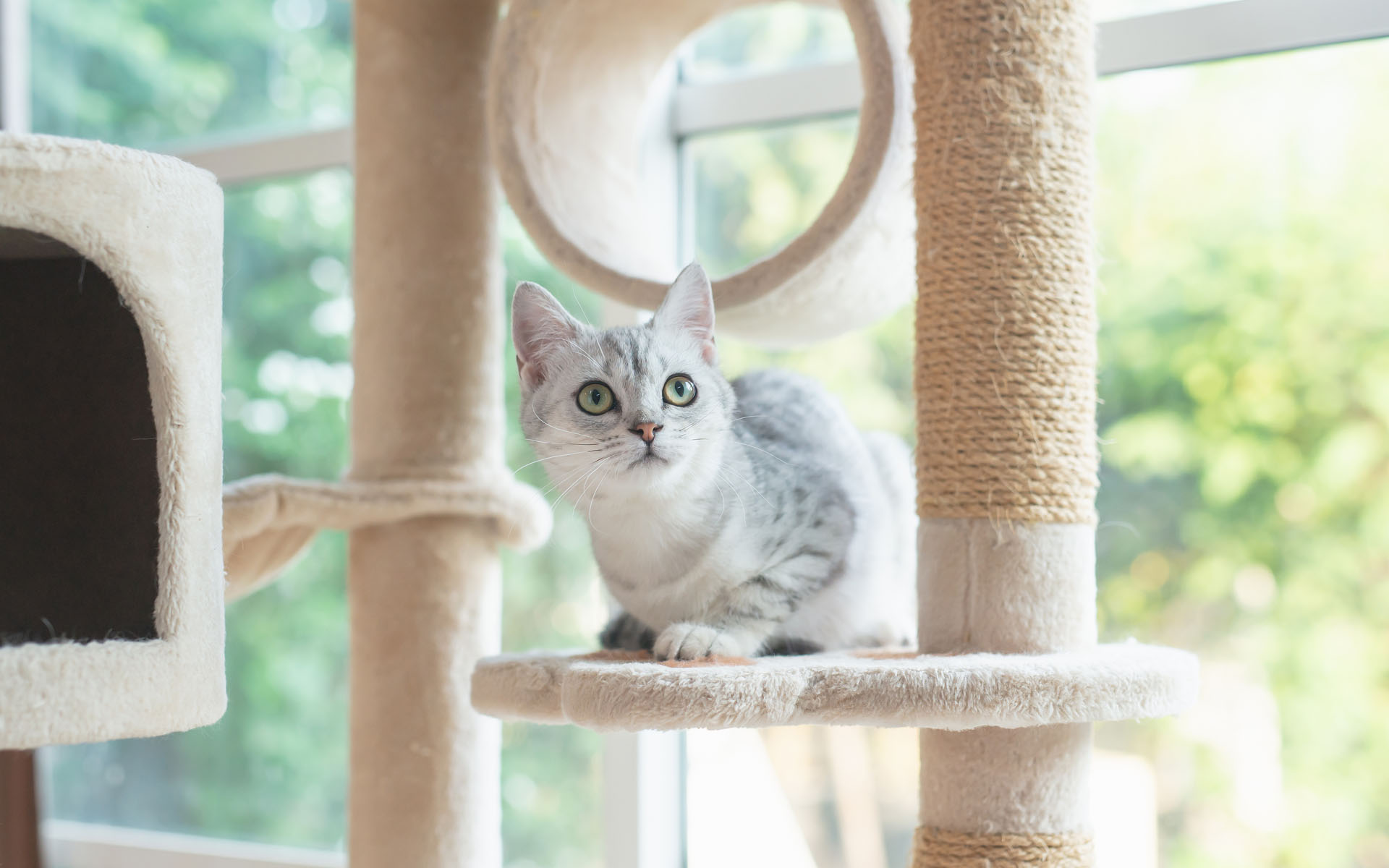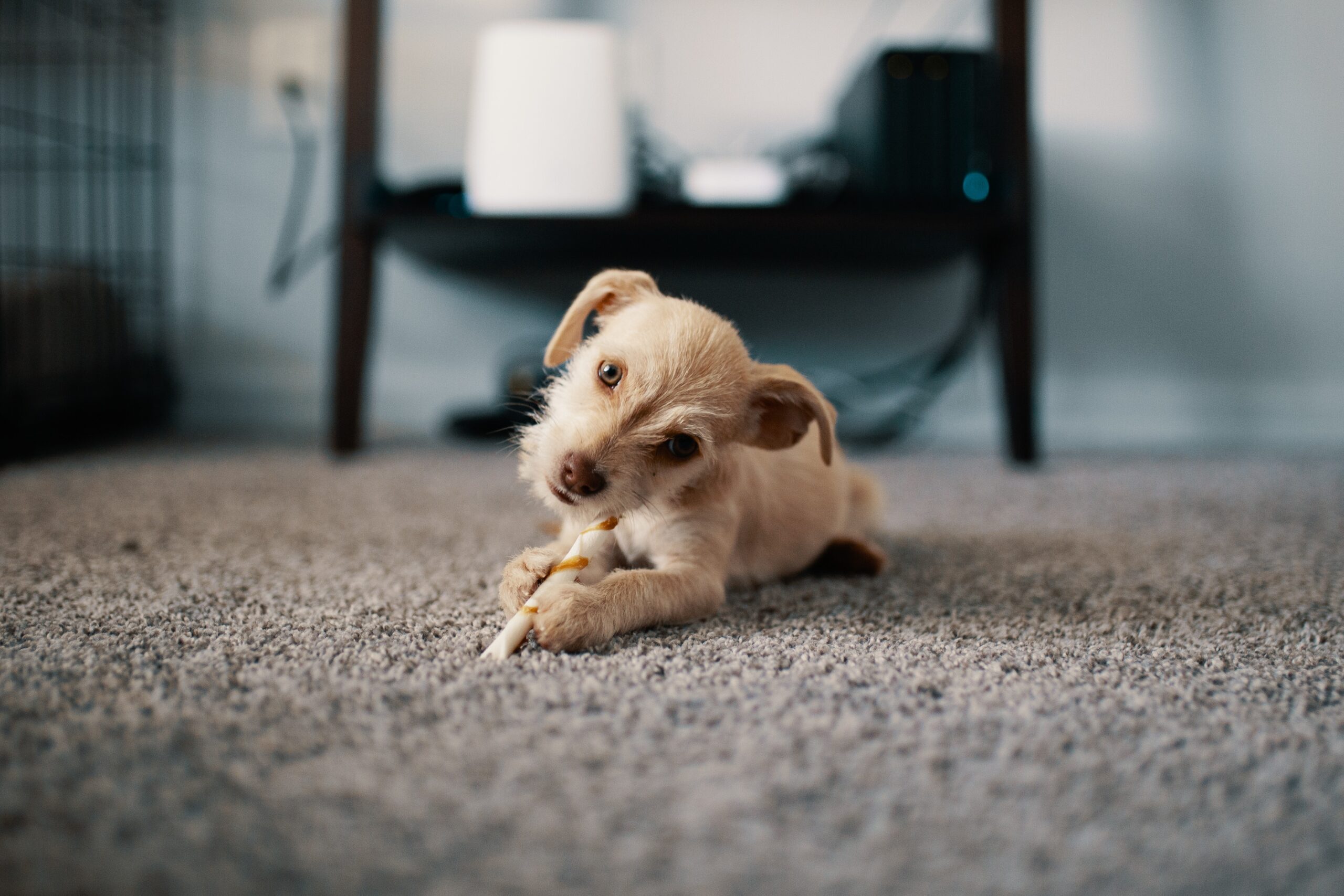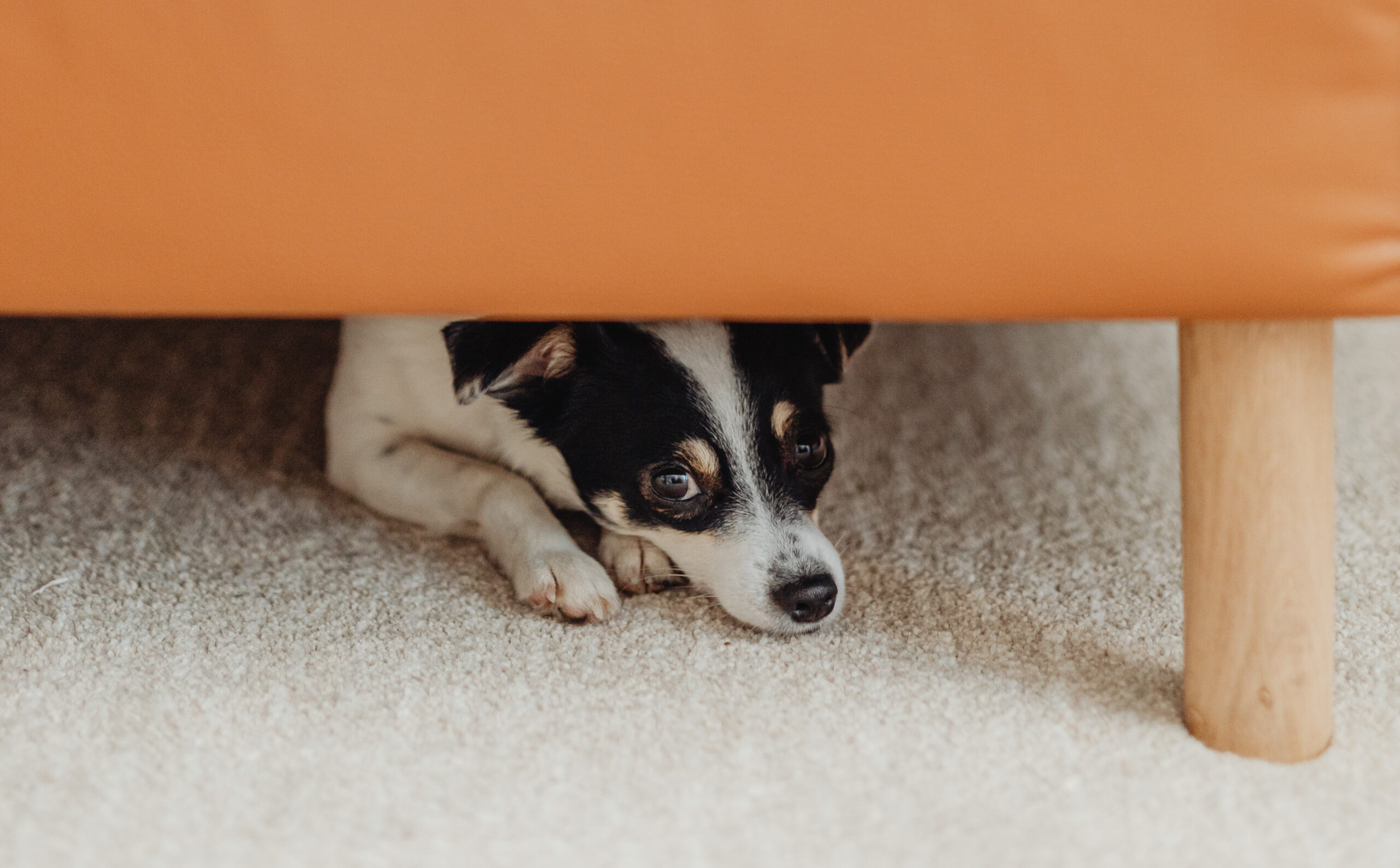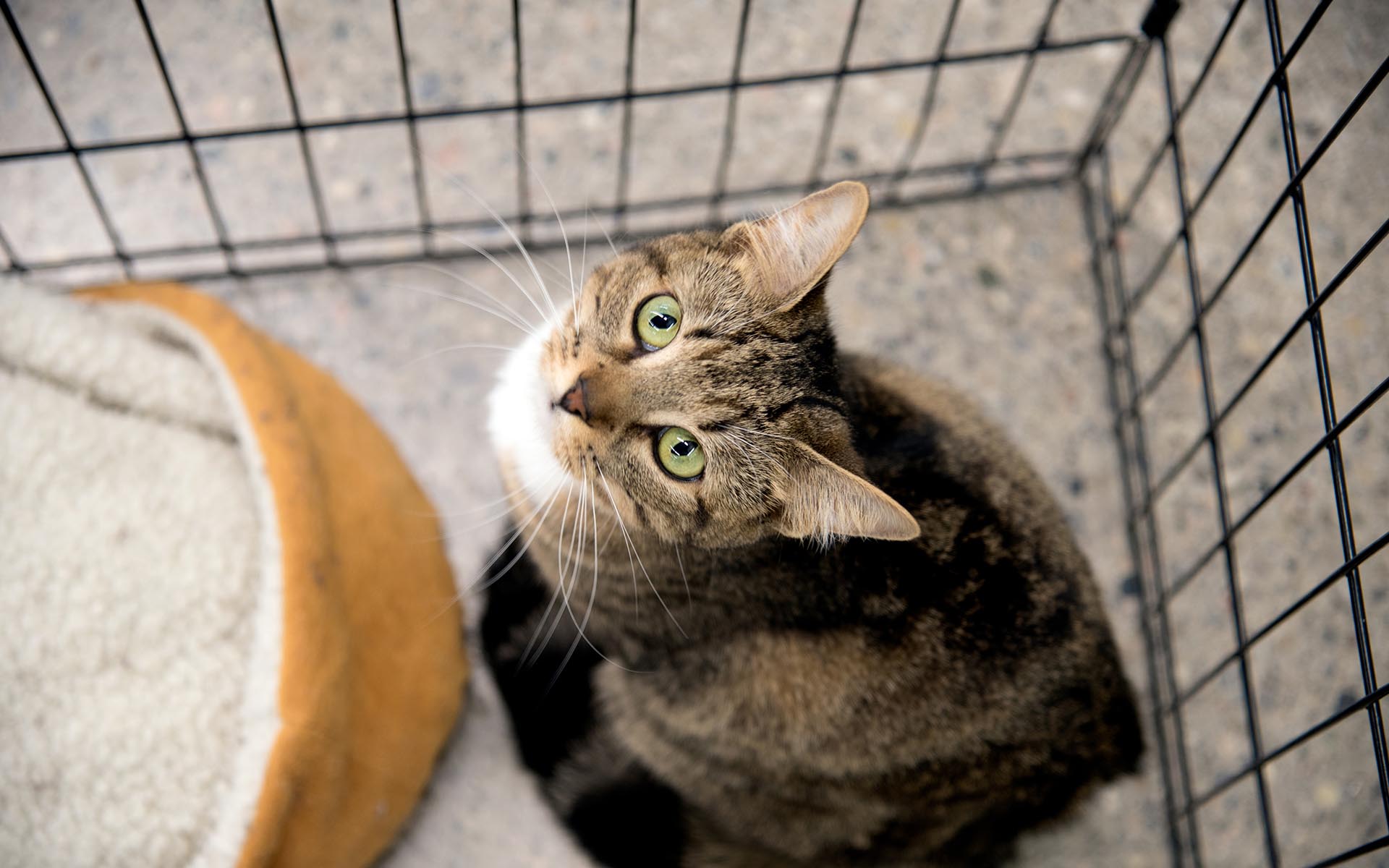As guests begin arriving, there is always something left to do. A dish to put in the oven, coats to put away, children to entertain… Having to calm your dog every time there is a knock at the door is an unnecessary worry! To ensure everything goes smoothly between your guests and your pet, here are a few tips.
Preparing your dog for the arrival of guests
Just like preparing some holiday dishes in advance, ensuring your dog behaves like the perfect host also requires a bit of preparation.
- Warn your guests that you have a dog: When you send the invitations, inform your guests that you have a dog, its name and what it looks like. Friends and family who are scared of animals will be able to prepare themselves and avoid an unpleasant surprise, whereas those who have allergies will be able to take medication before arriving.
- Let your dog expend its energy: An hour or two before the party, walk your dog or let it go wild with another four-legged friend. After all that exercise, your dog will be nice and relaxed when guests arrive. And may even take a nap!
- Temporarily isolate your dog in a room with a baby safety gate: This way, it will be able to see and hear newcomers without charging them. Once the commotion dies down, your dog can join the group.
- Feed your dog before the meal: With a full stomach, your pet will be less likely to beg your guests for scraps at the table. Remind kids not to feed your furry friend, even if it’s making puppy dog eyes. Typical holiday ingredients such as onions, macadamia nuts and chocolate can make your dog sick.
A few tips for guests
If some of your guests are less familiar with dogs, share the tips below with them.
- Teach children what to do: Instead of sharing the long list of things not to do with young children, tell them what your dog likes. Encourage them to throw its favourite toy to play fetch. Show them how (and where) your dog likes to be petted. And explain that your dog likes it when we speak softly.
- Stay calm: A dog’s excitement level adapts to that of the people around it. If you are nervous and make sudden movements, the animal may get excited. If you speak softly and move slowly, this encourages the dog to stay calm.
Say “sit”: This is a command that most dogs learn very early. If the animal seems worked up and you’re uncomfortable, say “sit” in a firm tone while extending your hand, palm down. Don’t forget to reward the dog with a treat when it obeys the command! If this doesn’t work, cross your arms in front of you and stay still: this way, the dog will see you neither as a threat nor a source of enter

